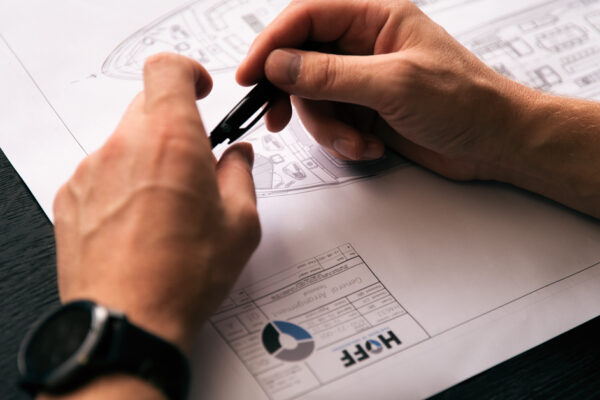
In the intricate world of shipbuilding, the collaboration between engineering and procurement is akin to the symbiotic relationship between two vital organs in a living organism. Engineering provides the blueprint for the vessel’s construction, while procurement ensures the timely acquisition of the necessary materials and equipment to bring that blueprint to life. Let’s delve into the importance of engineering information for the procurement team and how their collaboration is essential for the success of shipbuilding projects.
Engineering as the Foundation
Engineering serves as the cornerstone of the shipbuilding process, providing detailed plans, specifications, and technical drawings that guide the construction of the vessel. These engineering documents contain critical information about the materials, components, and systems required for the ship’s construction. From structural requirements to equipment specifications, engineering information forms the foundation upon which the entire procurement process is built.
Procurement’s Role in Materializing the Blueprint
Procurement teams are responsible for sourcing, purchasing, and managing the materials, equipment, and services needed for ship construction. They rely heavily on engineering information to make informed decisions about what to procure, where to source it from, and how to ensure compliance with project specifications and quality standards. Without accurate and comprehensive engineering information, procurement efforts may be hampered, leading to delays, cost overruns, and quality issues.
Importance of Accurate and Timely Information
Engineering information provides procurement teams with critical insights into the specific requirements of each component and system within the vessel. This includes details such as material specifications, dimensions, tolerances, performance criteria, and regulatory compliance standards. Armed with this information, procurement professionals can effectively communicate their needs to suppliers, negotiate contracts, and ensure that the materials and equipment procured meet the project’s requirements.
Seamless Collaboration for Project Success
The collaboration between engineering and procurement is essential for the success of shipbuilding projects. Engineering teams must communicate their requirements clearly and accurately to procurement, providing detailed specifications and updated information as the project progresses. Procurement teams, in turn, must work closely with engineering to understand their needs, address any challenges or constraints, and identify suitable suppliers and vendors.
Conclusion
In the dynamic world of shipbuilding, the collaboration between engineering and procurement is paramount. Engineering information serves as the compass guiding procurement efforts, ensuring that the right materials and equipment are acquired at the right time and place. By fostering seamless collaboration between these two critical functions, shipbuilders can streamline the procurement process, mitigate risks, and ultimately deliver successful projects that sail the seas with confidence.






More articles